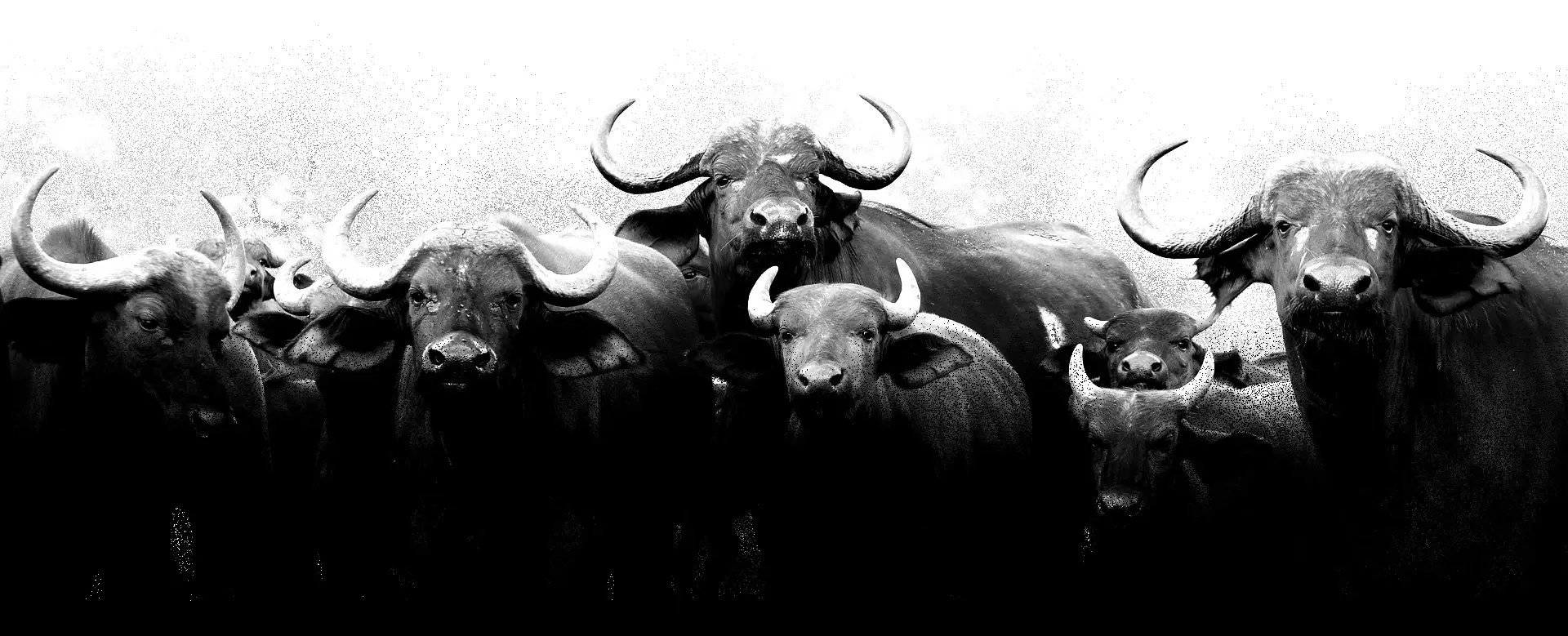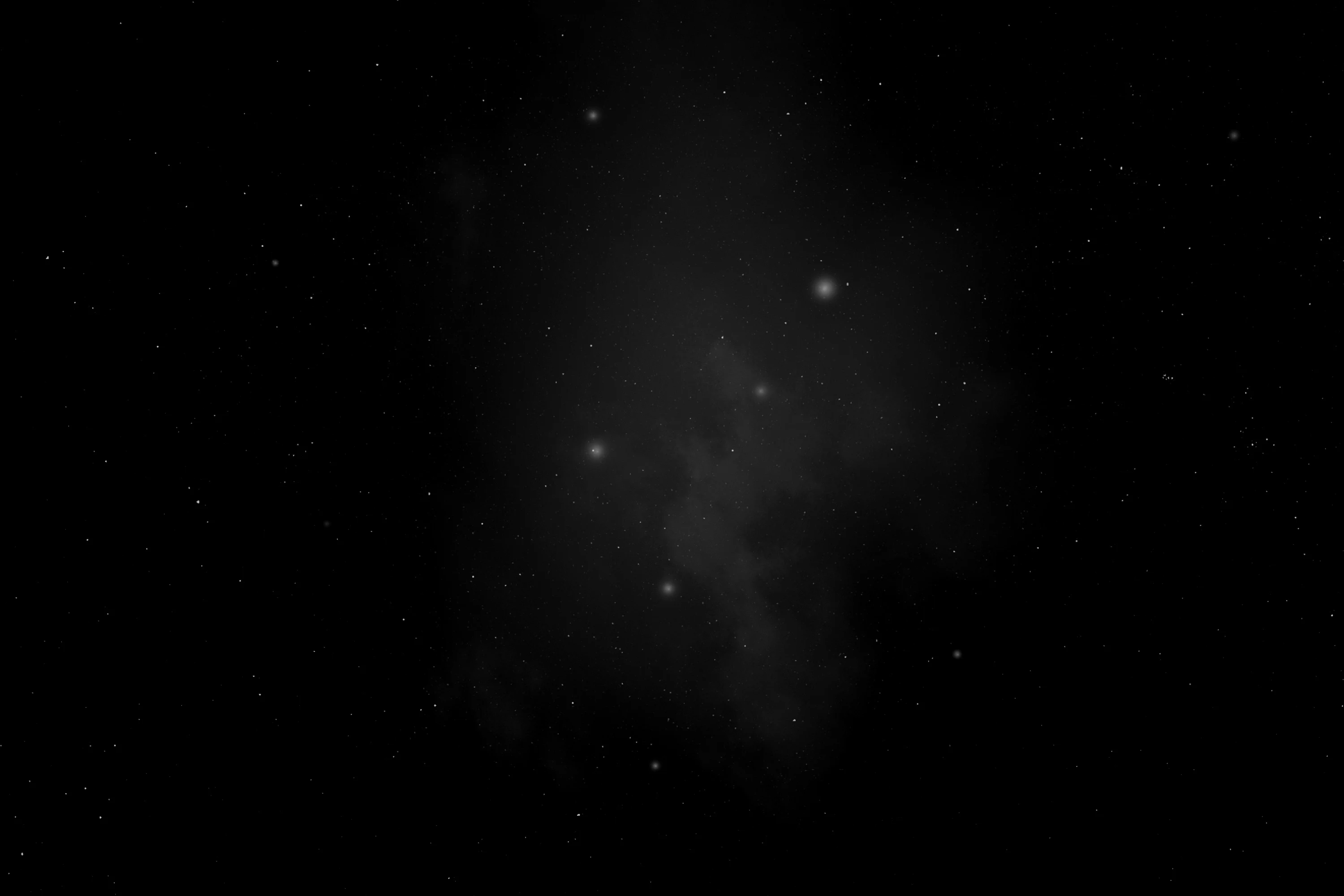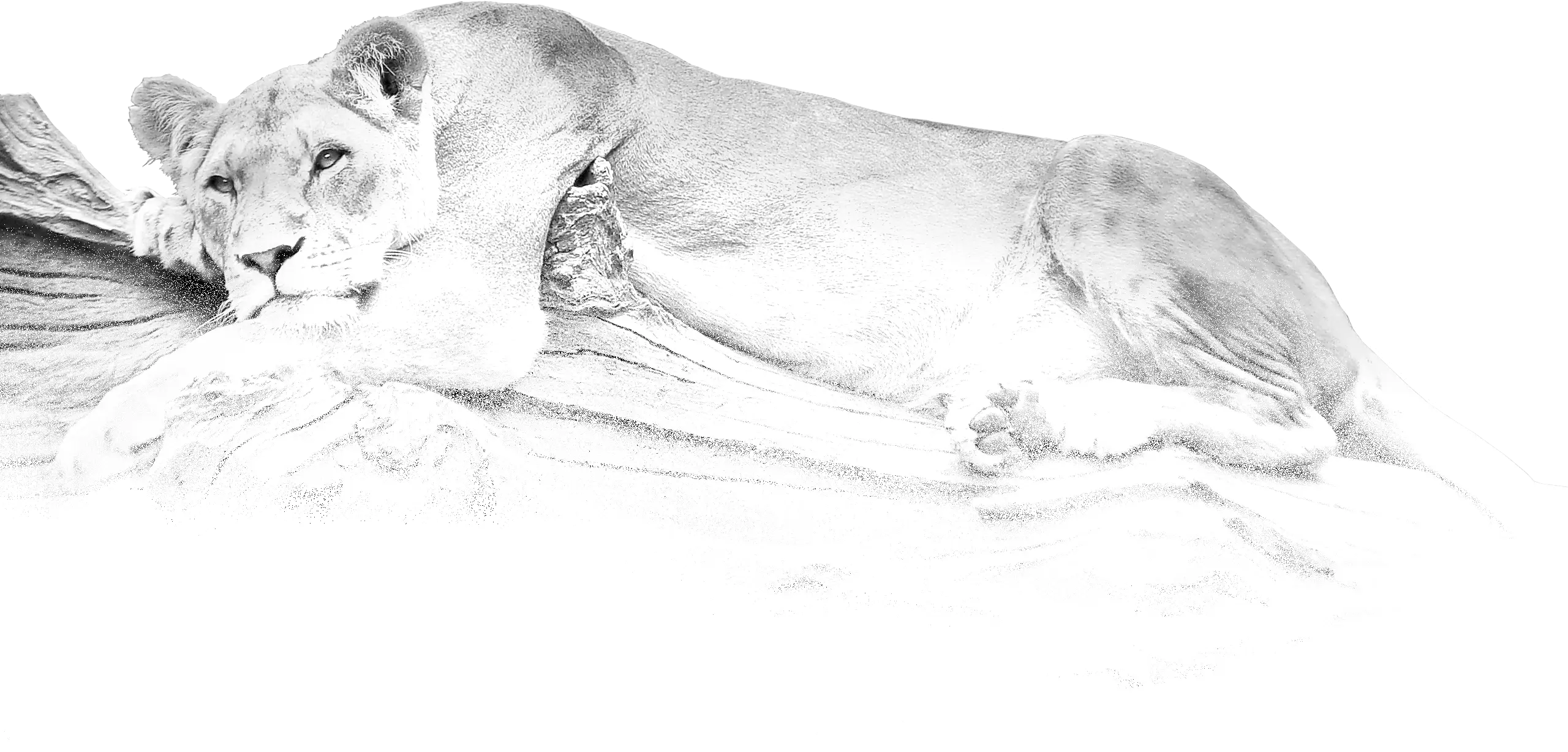
(Microbiotheria)
Microbiotheres
Мікробіотерієві
This is a order of marsupial native only to south-western South America (Argentina and Chile). Microbiotheres are nocturnal and arboreal, and lives in thickets of South American mountain bamboo in the Valdivian temperate forests of the southern Andes, aided by its partially prehensile tail. They consume an omnivorous diet based on insects and fruit.
Monitos del monte live in the dense forests of highland Argentina and Chile, mainly in trees, where they construct spherical nests of water-resistant colihue leaves. These leaves are then lined with moss or grass, and placed in well-protected areas of the tree, such as underbrush, tree cavities, or fallen timber. The nests are sometimes covered with gray moss as a form of camouflage. These nests provide the monito del monte with some protection from cold, both when it is active and when it hibernates.
Sexual dimorphism
At the end of the summer, female monitos del monte tend to be larger and heavier than males. The tails of the sexes also vary in size during this time; females have a thicker tail, which is where they store fat; the difference suggests that females need more energy than males during hibernation. The sexual dimorphism is only seen during this time and not year-round.
Reproduction
Monitos del monte have a monogamous mating system. The females have well-formed, fur-lined pouch containing four teats. They normally reproduce in the spring once a year and can have a litter size varying from one to five. They can feed a maximum of four offspring, so if there are five young, one will not survive. When the young are mature enough to leave the pouch, approximately five months, they are nursed in a distinctive nest. They are then carried on the mother’s back. The young remain in association with the mother after weaning. Males and females both reach sexual maturity after two years.
Habits
The monito del monte is adapted to arboreal life; its tail and paws are prehensile. It is largely nocturnal and, depending on the ambient and internal temperature, and on the availability of food, it spends much of the day in a state of torpor. Such behavior enables it to survive periods of extreme weather and food shortage, conserving energy instead of foraging to no effect.
The animal covers its nest with moss for concealment, and for insulation and protection from bad weather.
Diet
The monito del monte depends on consuming both insects and fruit, with either component individually being nutritionally unbalanced. Fruit consumed comes from 16 species of plant, with the mistletoe species Tristerix corymbosus being a preferred source of fruit. A study performed in the temperate forests of southern Argentina showed a mutualistic seed dispersal relationship between D. gliroides and Tristerix corymbosus. The monito del monte is the sole dispersal agent for this plant, and without it the plant would likely become extinct. The monito del monte eats the fruit of T. corymbosus, and germination takes place in the gut.
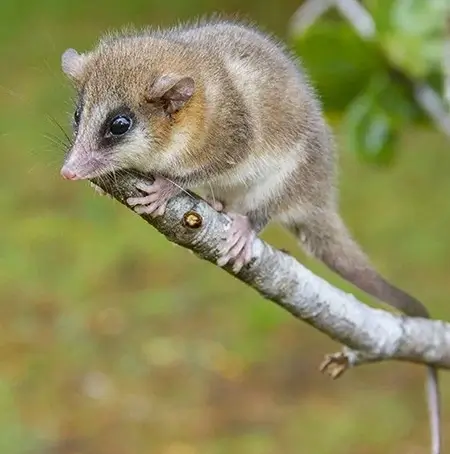
(Dromiciops gliroides)
Southern Monito del monte
Південний дромер
It is found in Chile (Los Ríos, Los Lagos, including Chiloé Island) and Argentina (Neuquén, Río Negro, and Chubut).
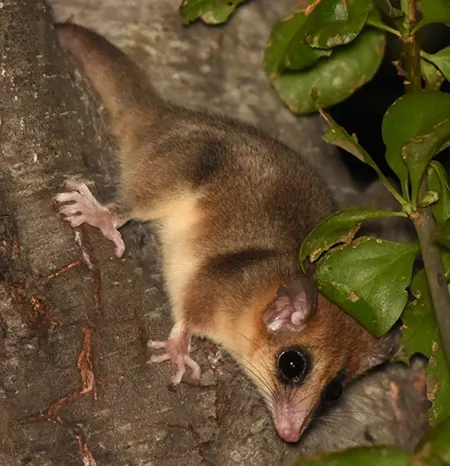
(Dromiciops bozinovici)
Pancho's Monito del Monte
дромер Панча
It is found in Chile (Biobío, Araucanía, and possibly Maule) and Argentina (Neuquén).
